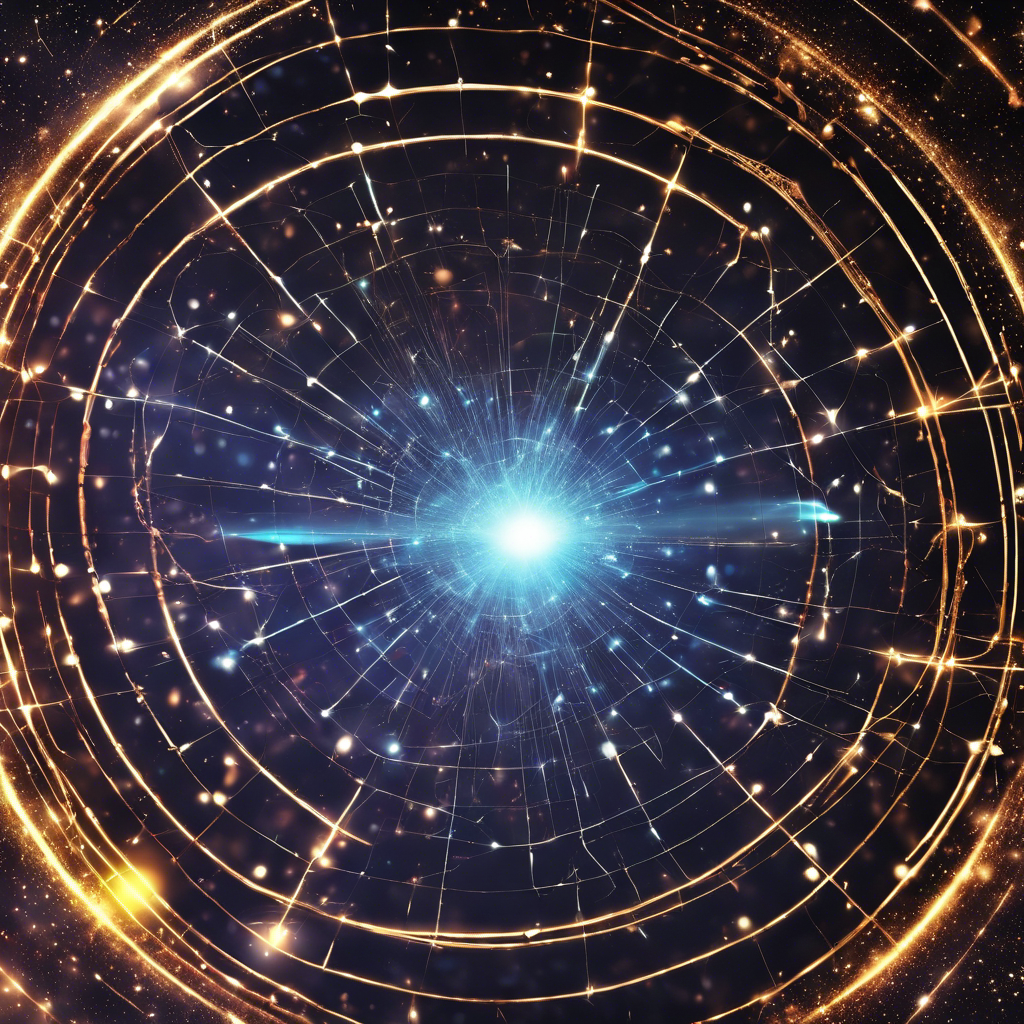Rare Cosmic Particle Detected: Shedding Light on the Origins of Ultra-High-Energy Cosmic Rays

Scientists discover an ultra-high-energy particle from beyond the Milky Way, providing insights into the mysterious origins of cosmic rays.
Space scientists have made a groundbreaking discovery in their quest to unravel the origins of powerful cosmic rays. In a recent study published in the journal Science, researchers have detected an extremely rare, ultra-high-energy particle that is believed to have traveled to Earth from beyond the Milky Way galaxy. This subatomic particle, invisible to the naked eye, carries an energy equivalent to dropping a brick on your toe from waist height. The finding challenges previous records and sheds new light on the enigmatic nature of cosmic rays.
The Nature of Cosmic Rays:
Cosmic rays are charged particles that constantly travel through space and rain down on Earth. While low-energy cosmic rays can originate from the sun, the detection of extremely high-energy cosmic rays is exceptional. These high-energy particles are thought to come from other galaxies and extragalactic sources, making them of great interest to scientists seeking to understand the most energetic phenomena in the universe.
The Rare Discovery:
The recently discovered particle, nicknamed the Amaterasu particle after the sun goddess in Japanese mythology, was spotted by the Telescope Array, a cosmic ray observatory located in Utah’s West Desert. Comprised of 507 surface detectors covering an area of 700 square kilometers, the Telescope Array has observed over 30 ultra-high-energy cosmic rays. However, the Amaterasu particle stands out as the most energetic ever detected, surpassing even the famous “Oh-My-God” particle discovered in 1991.
Unraveling the Mystery of Origins:
Despite years of research, the exact origins of these high-energy cosmic rays remain elusive. While they are believed to be associated with the most powerful phenomena in the universe, such as black holes and gamma-ray bursts, the largest cosmic rays detected so far seem to originate from voids or empty spaces where no violent celestial events have occurred. The Amaterasu particle, in particular, appears to have come from the Local Void, an empty area of space bordering the Milky Way galaxy.
The Challenges of Detection:
Detecting ultra-high-energy cosmic rays is no easy task. These particles carry tens of millions of times more energy than any human-made particle accelerator. They require regions of exceptionally high magnetic fields, akin to a natural super-sized Large Hadron Collider. The rarity of these sources and the vastness of the universe make the chances of a cosmic ray hitting Earth incredibly small. Nonetheless, the Telescope Array and its expanding capabilities offer hope for further exploration and understanding.
Conclusion:
The discovery of the Amaterasu particle opens up new avenues for research into the origins of ultra-high-energy cosmic rays. As scientists continue to study these rare particles, they hope to gain a deeper understanding of the most energetic phenomena in the universe. The expansion of the Telescope Array will provide valuable insights into cosmic ray-induced particle showers and may hold the key to unraveling the mysteries of these powerful cosmic rays.










